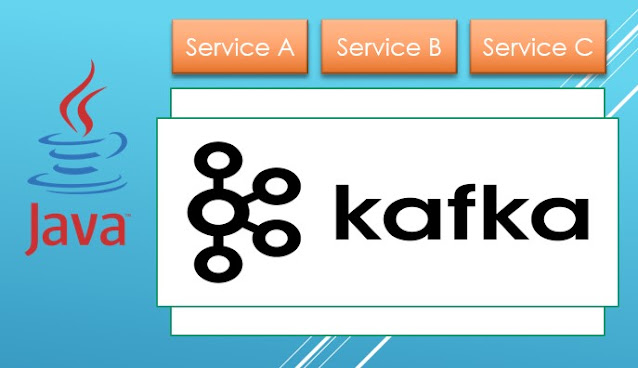What is a database system in information technology?
 |
| Database server infrastructure - Image by Colossus Cloud from Pixabay |
In Information Technology (IT), a database is an infrastructure that can store collection of data. Storing data in a database makes the data more structured and can be controlled easily. Saving and retrieving data with a given set of commands or queries, that is more popularly called structured query language (SQL).
Nowadays, IT database systems can be divided into two major popular different type, RDBMS and NoSQL database. RDBMS is pretty old, meanwhile NoSQL is the new kid that is trying to get more and more attention from the developer community because it allows for high-performance, agile processing of information at massive scale.
RDBMS
The Relational Database Management System or Relational database is a database System that is known as an advancement version of DBMS database system. If we talk about RDBMS, we cannot separate it by its SQL language.
An SQL or structured query language is a standardized set of commands to query, get, insert, update and delete the data from a database. It is the most widely used programming language for accessing and updating the data from relational databases. It is used to manage data in all sorts of different database platforms.
For example, there are so many different database platforms using RDBMS, those are Oracle database, MySQL, Microsoft SQL Server, PostgreSQL, IBM Db2, SQLite, Microsoft Access, MariaDB, Hive, Teradata Microsoft Azure SQL Database, etc.
NoSQL
NoSQL is the non-relational RDBMS; it doesn’t need a fixed schema to manage data so it’s flexible to scale. NoSQL is more of a new and next-generation database system, that is cloud driven storage system. NoSQL database system is used to store and distribute huge data with the same kind of data. Mainly this technology is used in the operation of big data and real-time web applications. It is used by big Companies like Google to retrieve big collections of data in the terabytes size every single day.
To store and retrieve data from NoSQL databases commonly each database platform or service will provide Application Programming Interface or API with some authorization and query that does not at all look like an SQL query.
NoSQL is much more cloud oriented, some of the popular NoSQL cloud databases are MongoDB, ElasticSearch, DynamoDB, HBase, Cassandra, etc.
Advantages of RDBMS
- Database admins can maintain, control, update data into the database easily.
- RDBMS stores data in the form of tables, which make it easy to navigate where the data is stored.
- RDBMS can accommodate multiple users with different privileges.
- Provides an index creation to retrieve data at better performance or speed.
Disadvantages of RDBMS
- Inflexibility of their schemas, structure and type of the data need to be fixed. To store data in structured tables, first you need to design the schema. Then to insert the data it needs to be transformed the same with the schema.
- RDBMS query can be slow and not scalable
- Not secure enough to expose to the outer world with the internet, can be a security hole
- Not scaled, with very large records it can slows down badly
Advantages of NoSQL
- Efficient, scale-out architecture instead of monolithic architecture
- The ability to handle high volumes of structured, semi-structured, and unstructured data
- Being better aligned with object-oriented programming
- Working well with today's software development methodologies that involve agile sprints and frequent code pushes
Disadvantages of NoSQL
- No standardization rules
- Limited query capabilities
- RDBMS databases and tools are comparatively mature
- No feature to do traditional database capabilities, no consistency when multiple transactions are being performed simultaneously.
- When the volume of data increases it is difficult to maintain unique values as keys become difficult
- Doesn't work as well with relational data
- The learning curve is stiff for new developers
- Open-source options are not so popular for enterprises.


